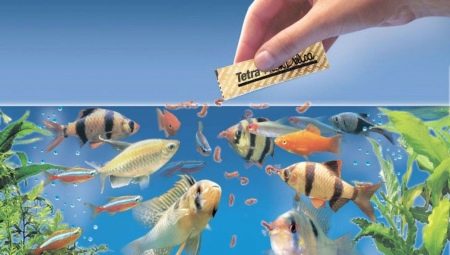An aquarium with beautiful fish will undoubtedly be the decoration of any home. The issue of nutrition of waterfowl remains a priority. Correctly feeding dry fish food in an aquarium is a simple task. The main thing is to understand the features and diet of the inhabitants of an artificial reservoir.
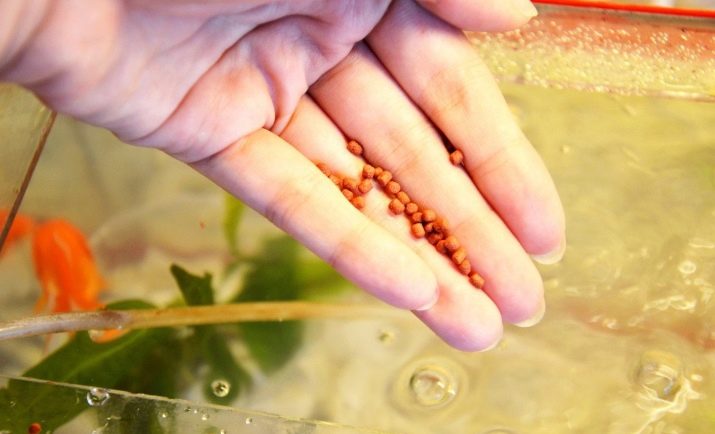
In nature
It is important for owners of aquarium fish to know what kind of food their pets eat in their natural habitat. Most are omnivores and eat:
- insects
- Worms
- seaweed;
- small fish;
- protozoa;
- vegetation.
Having knowledge of the approximate diet of certain fish species, the aquarist will be able to choose the right dry food for his pets.
However, do not forget that each individual has “favorite” products. For example, some fish prefer plant food, while others love to enjoy live food.
In this case, monitoring the lives of pets and their individual preferences will help.
There is still debate about how to properly feed aquarium fish: minimize nutrition or, conversely, give food in large quantities. However, both of these can lead to the death of waterfowl pets. It is important to find a "middle ground" and approach the issue of nutrition of "home" fish in all seriousness.
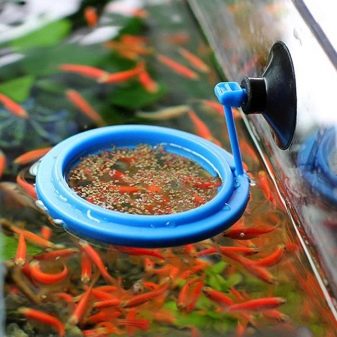

Subtleties of choice
The modern market for decorative fish lovers offers a wide selection of quality feed. They can be divided into 4 types:
- alive;
- branded;
- frozen;
- vegetable.
Dry feeds for aquarium fish serve as a “substitute” for live and plant foods. It is not difficult to purchase them - they are widely represented in specialized stores.Inexpensive dry food, consisting of dried daphnia (or gammarus), does not contain the necessary nutrients.

They are just chitinous shells of insects. Feeding exclusively on this food, the fish will fall ill and subsequently die.
Dry feed can be divided into several types.
- Flakes. Suitable for fish, which most of the time are on the surface of the water. Such food is light and does not sink to the bottom. Suitable for small fish (guppies, cockerels, neons and all types of gourami).
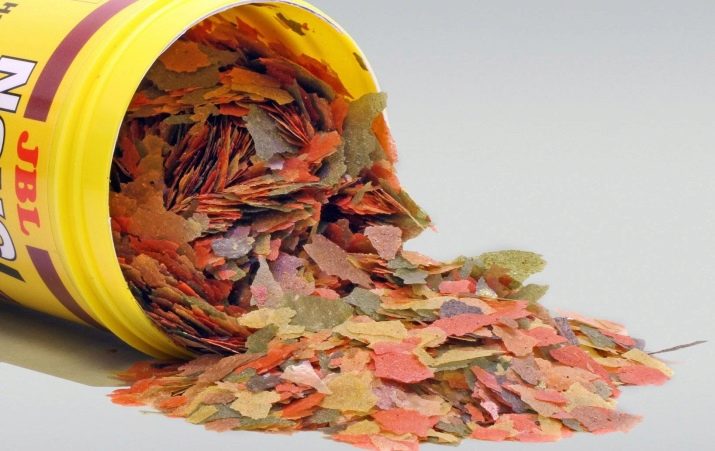
- Chips. Convenient food for all varieties of aquarium inhabitants. The chips quickly swell and sink to the bottom. They are relevant for all types of cichlids. For small waterfowl, items can be neatly broken into small pieces.
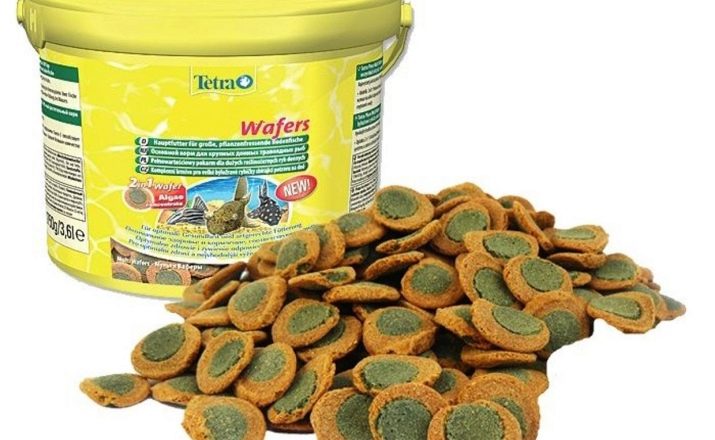
- Granules. Ideal for large fish, including bottom catfish. Granules quickly sink to the bottom and attract the attention of the inhabitants of the aquarium “thickets” (shrimp and snails).
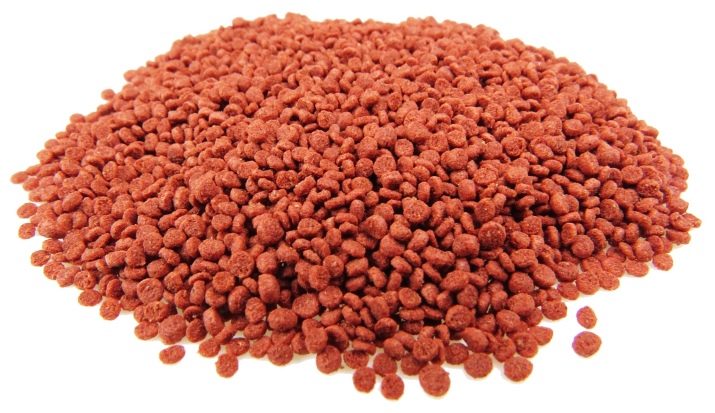
- Tablets. Actual for large species. Dry feed in the form of tablets instantly dissolves in water, scattering into small particles. The tablets are enriched with vitamins and minerals and are great for decorative catfish, shrimp.

High-quality dry feed does not affect the state of water in an artificial reservoir and does not harm green spaces.
For an aquarist, in whose artificial pond various species of fish live, it is best to purchase several types of dry food. They can be alternated or mixed.
Many aquarists do not trust industrial products and prefer to feed their pets with hand-made food. We are talking about minced meat, which is obtained from boiled shrimp, chicken fillet and sea fish meat. However, home-made feed significantly spoils the water in an artificial pond. As a result, water changes in the aquarium will have to be done more often.
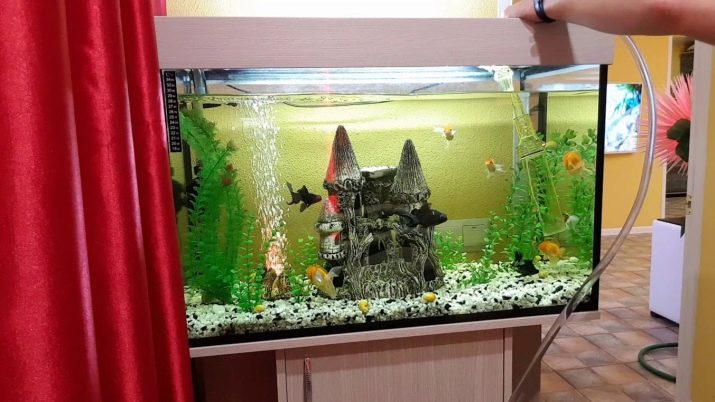
How often to feed?
Most aquarists use the right feeding tactics for waterfowl. Nevertheless, excessive concern for the fish can lead to sad consequences. Some owners do not spare food for fish, which leads to their obesity. Also, excess feed begins to rot, turning the aquarium into a real swamp. In addition, many fish mislead the owner with their behavior and practically beg for food. Especially such "begging" is inherent in cichlids.
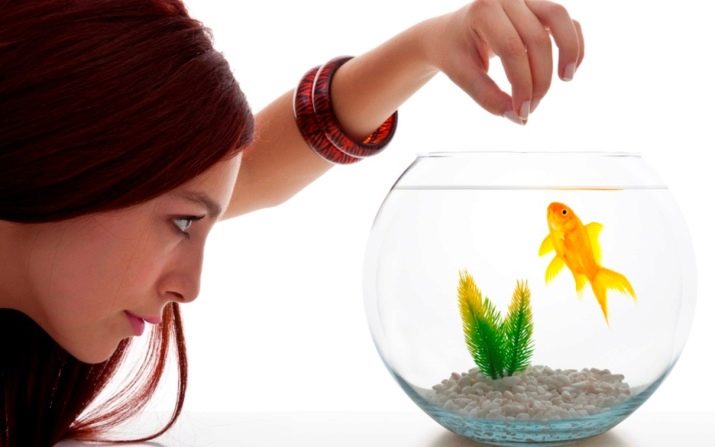
Proper feeding involves 2 meals a day (morning and evening). This applies to adult fish. The young eat more often. Serving should be eaten in the first 5 minutes. Ideally, the feed should not sink to the bottom. However, some species of ornamental fish live in the "lowland" of an artificial reservoir. As already mentioned, too large a portion of food will affect the quality of the aquarium water.
If the owner notices that the domestic pond is quickly polluted, it is advisable to reduce the portion of feed.
An approximate feeding schedule (7 days a week) for aquarium fish looks like this:
- Monday, Tuesday - dry food (2 species);
- Wednesday - live food or bloodworm;
- Thursday and Friday - dry food (2 species);
- Saturday - live food and duckweed;
- Sunday - "hunger strike".
An unloading day will not harm the fish and will favorably affect the condition of the aquarium.
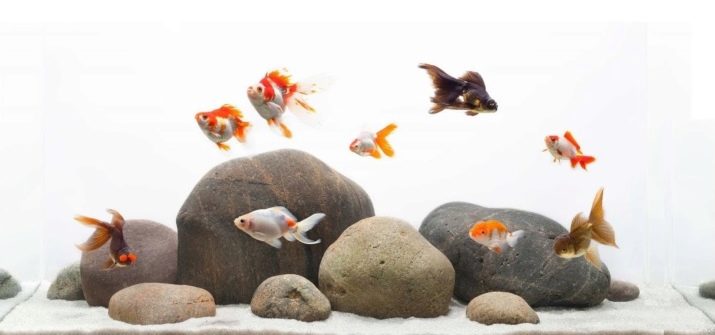
You will learn more about how to properly feed fish with dry food by watching the following video.
